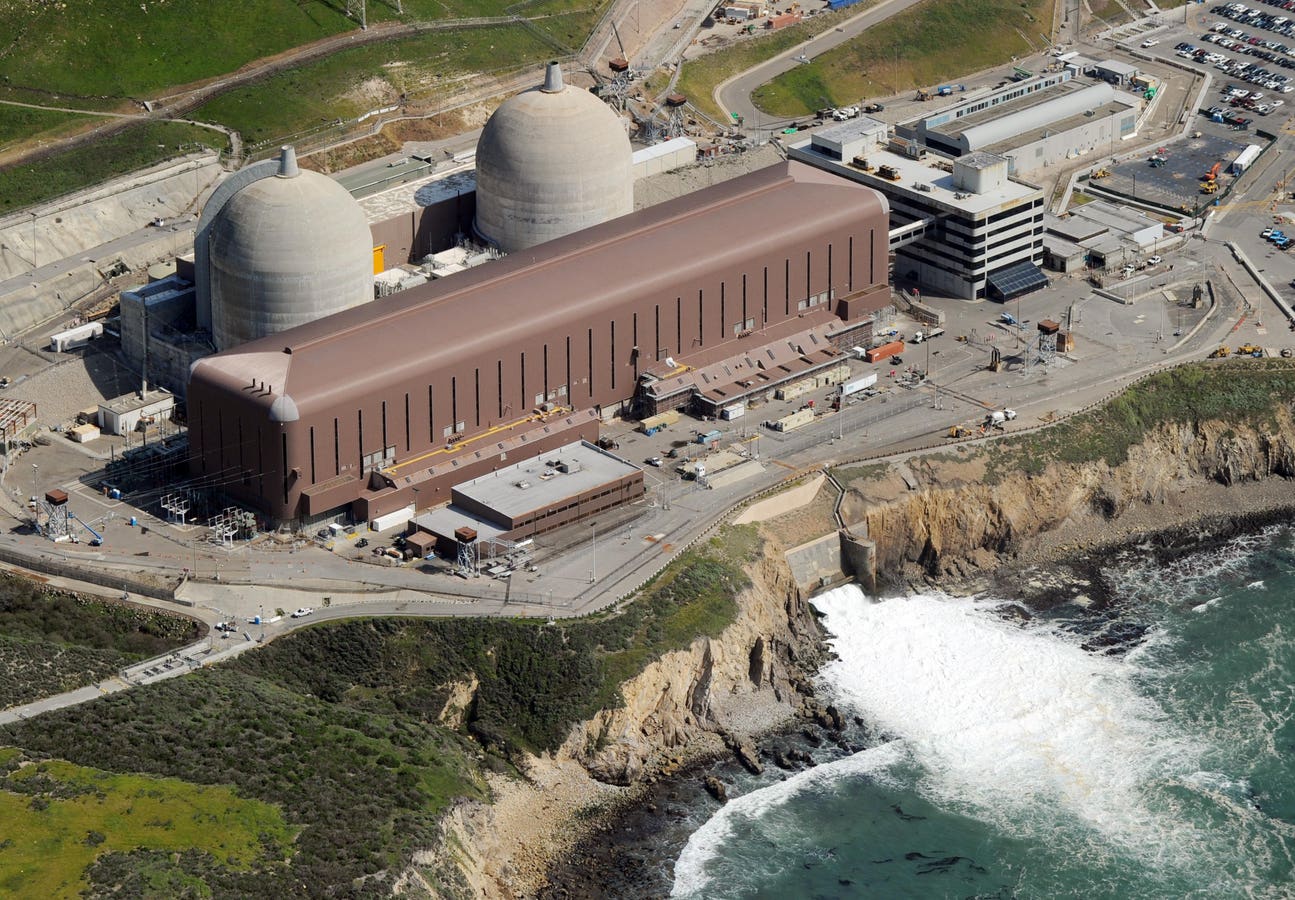Has anyone had experience with a company called "National Grid Support Service"? May also trade as "Safer Solar".
Also, has anyone used HT 345W panels?
I've received a quote from them and the rep had much better knowledge than all the others I've received quotes from.
Thanks in advance.
These days no matter what contractor/company you are looking at the first step is to do a specific search on the company name (within " ") folowwed by several different terms such as - troubles, problems, issues, fines. Ten minutes work can save much money & heartache.
So "National Grid Support Service" problems - yielded a good list, such as this one (pretty reputable site) which lists many different installers:
National Grid Support Service Reviews | 48,761 Solar Installer ...
www.solarquotes.com.au › Solar Panel Installers
Rating: 4.4 - 4 votes
National Grid Support Service is a Solar Power Installation company based in Launceton and serves TAS. Here are their reviews as submitted by visitors to ...
Now there are a number of 'chameleon' companies that copy a good company's name & use it in a different state for example. So I hope you're based in Tasmania?
The Solarquotes site has been around a few years & I have found it to be a great 'primer' to refer people to so they can learn what they don't know (& isn't mentioned) about solar panels, batteries etc.
For example: Most think that if you install 10 x 300 watt panels then on a good day with the sun just right - you'll produce 10 x 300 = 3kW of power.
WRONG.
Other than perhaps on the very first 2 to 4 days if in the 3rd week of August through to early September - you just might see it hit 3kW briefly once or twice. After a week you'll be lucky to see 2.7kW.
Why? Solar panels degrade massively when first installed, so a panel sold as 300 W may actually be able to generate at 330 W on day 1 (depending on the brand) but starts degrading as soon as sunlight hits it. This initial decline is known, allowed for & calculated.
However, while it may (if you're lucky) generate 300 W at the best time of day at the panel, it then gets transmitted along the wire (transmission losses kick in) and reach the inverter (major losses here) before coming out again as AC. The heat given off by inverters is electrical energy lost in conversion as heat energy.
The Solarquotes site has a very detailed explanantion about these losses.
Personally I believe if you're sold an installation as 5 kW then that is what it should be producing at the point where the electricity becomes available to the house - not on the panel before going into the wire.
So paying a small amount extra to get a double diameter wire can lead to electricity production increasing over the life by 1 to 3% depending how long a run the wire has. For our house, the extra cost was.......
$22.70.
Amazing how cost reduction gets through to such a stupid degree everywhere vs the benefit to the consumer foregone.
Similarly, choosing an inverter that provides the optimum conversion rate (least heat etc) for the typical temperature range where you live can (from a German report I found) make a 3- 12% difference. Some inverter brands only work efficiently when close to their max output, others work efficiently over say a 70% range. Since you only produce close to max on maybe 80 days a year and then for maybe 2 hours a day (at best) - then the expensive inverter with highest efficiency (at max) is not the one to choose.
Positioning the inverter out of direct sunlight & in a drafty place = more power output. Moving an inverter a few cm to be totally out of the sun can increase performance by several % (more depending on the brand etc).
Some installers are really switched one (bad pun I know) and understand this. Many do not.
Batteries
Unless a new build facing a huge connection cost then in most cases any type of battery will not make sense unless you suffer frequent blackouts.
WHY? The maths of the financial cost/benefits don't stack up (yet). The great hope is they will soon. Especially as the equivalent cost in getting the capacity via an EV battery is around 1/4 or less of a home storage battery. Annoying that.
For many, especially in warmer areas then a heat pump hot water system has a much better payoff - HOWEVER just like with international airfares out of Australia - there is an Australian premium in the price. Otherwise this would be an absolute no brainer in every case.
Eg: In Hawaii a large capacity heat pump HW costs around $1,000. Made by the same manufacturer the same size traditional electric model costs $600. With Hawaii having Australian style power prices - the cost savings of the heat pump pay off the extra cost in around 16 months for the typical 3 to 4 person household. The $1,000 cost is net of a Hawaii rebate of $250 paid by the State Govt to offset the load diminishing benefits.
In Australia the cost differential is many times greater but still worth doing the numbers on as for most it comes out ahead by a good distance. Even more so if you will no longer use gas HW and can disconnect from gas totally.
Some statistics to think over:
From our modest PV installation put in Aug 2013 (yes I saw higher generation for about 2 minutes at 11.30am on day 1 - 101.8% of panels installed).
So nearly 7 years in operation @ "Impossible efficiency" = quote from panel manufacturer
Net use of power from grid = 65 kWhs (avg a little over 9 kWhs a year - how's that for guestimating what we needed?)
power from grid = 14,954
power to grid = 14,889
PV kWh generated = 20,819
PV hours operating = 26,705
So, despite best efforts the max we've been able to self consume is around 20%. Setting timer to do washing in middle of the day, dish washer, etc - most goes to the grid.
What is illuminating (to some) is that per kW installed the avg generation per hour when operating is just 390 watts.
Now this takes into solid cloud cover days (East Coast Lows = THE ENEMY), oddly enough the panels have produced more watts during massive downpours than on days with an East Coast low & no rain. Recently on a fine, 15 to 18 degree day, with ECL it produced a total of 320 watts over 7 hours (avg 23 watts per kW installed per hour). The torrential rain day generated 3.08kWhs.
.......
The more research you do the better - it can help stop you getting too obsessive



















